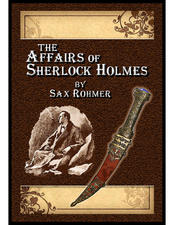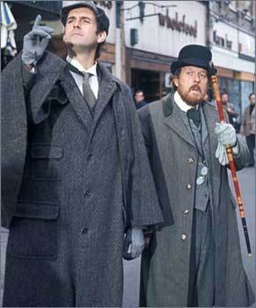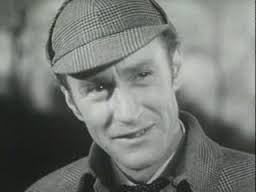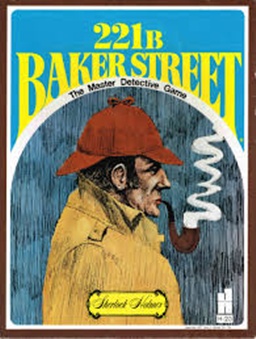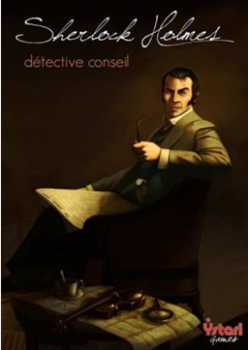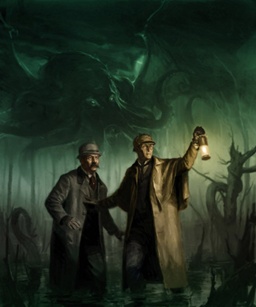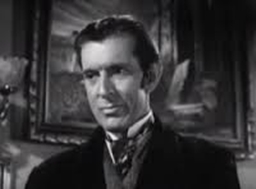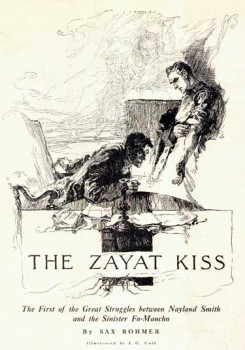The Public Life of Sherlock Holmes: The Gloria Scott – The Real Story
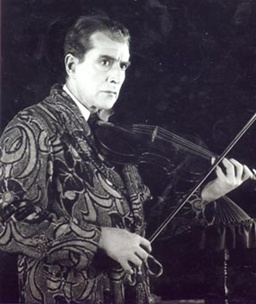
“The Adventure of the Gloria Scott” appeared in The Strand Magazine in April of 1893 and was included in The Memoirs of Sherlock Holmes. In it, Holmes recounts a tale of his university days to Watson. It is one of two tales Doyle gives us before Holmes meets Watson – and the earliest of the pair.
Take a few minutes and go read it. Then, come on back here to Black Gate. Below, I’ve got a very different account of that tale. A very plausible one. So,, come play The Game with me!
Mister Holmes,
Things were not exactly as they seemed when you visited Donnithorpe so many years ago. You are aware that my son, Victor, became a wealthy man in India, overseeing the largest tea plantation north of the Ganges. But he died a few years ago of the fever, so he is beyond suffering and my own time grows short. The consumption is about to take me.
I am pleased to see that you turned those fine talents of yours to professional detectin’. I would like to think I played a small part in that, if you remember my words to you that first time you came to stay with us.
The papers I left for Victor to read after my supposed death told a made-up story, Mister Holmes. You might ask what event from my past could be so bad that I would prefer people, even my own son, to believe that I was a mutineer, rather than know the truth? Let me tell you and maybe you’ll understand.
I’ll wager there’s not a man alive who hasn’t done somethin’ he’s ashamed of. If there is, I’d like to look him in the eye. It was many a year ago that I was a young man in Liverpool, full of fire and life. I was a rough sort without too much schoolin’.
